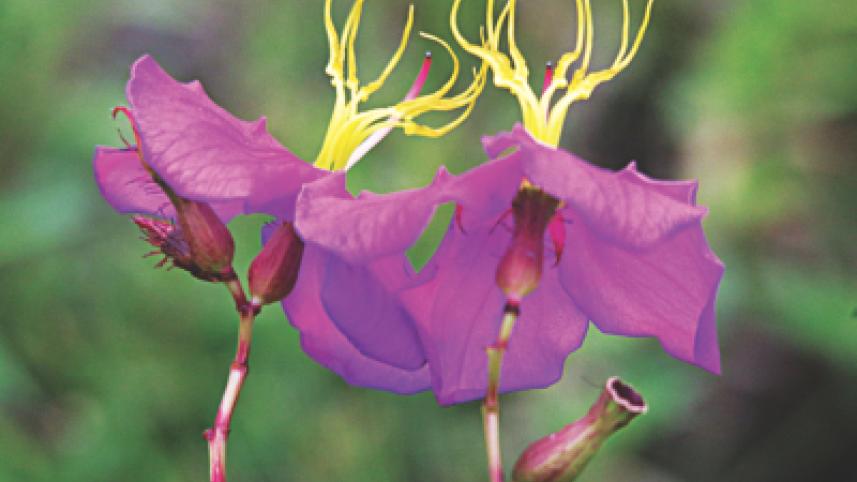The Art of Foraging

When U.S. Air Force pilot Scott O' Grady was shot down over Serbia in 1995, he survived several days in the mountainous wilderness before being rescued. I recall a television interview where he said he foraged – gathering food from wilderness – to feed himself. As an example, he said, he could eat black ants but not red ones which are toxic.
That is an extreme example, but foraging is an ancient human skill, used in conjunction with hunting by our ancestors. For example, early settlers in Iceland – where it is hard to grow food - often foraged for eggs in areas such as Lake Myvatn where wild ducks were plentiful. Foraging etiquette meant that not all eggs were taken from the nest and enough was left behind for re-generation (and perhaps the next person.)
Foraging skills are particularly useful when one goes on extended exploration of unknown places. The renowned Scottish-American explorer and conservationist John Muir often spent months wandering by foot in the American West. He was instrumental in the creation of many national parks of the United States. Before a trip he gathered much dried bread and carried it with him. Drying reduced the bread's weight. When hungry he mixed it with water and ate it. But he used foraging to supplement his bread diet. (Once when he ran out of bread he lived mainly on sheep meat but detested the experience.)
When I was growing up in Sylhet I learned about – and ate from - some edible wild plants, including small flowering plants and a nut tree that grew in the wild. Recently I tried the dark juicy fruit of the wild lutki flower. The sweet fruit leaves one's tongue purple. Another tree, called pishti, has dual-use fruits. While green they are ammunition in the projectile toy fotang; ripe, they are edible.
In the Bangladeshi countryside you can often see villagers foraging in the fields or near water. They are usually looking for edible roots and greens such as kochu lata and morning glory. From the water they get water chestnut and makhna, fruits of aqueous plants. Parts of our national flower, shapla, are also eminently edible.
In the United States there is a culture of foraging among outdoor enthusiasts and sometimes classes are offered in foraging. While I spent much time in the American outdoors the furthest I ventured in foraging was leaves of nasturtiums and dandelions. Both work well in salads. The former has a mild hot taste; the other is slightly bitter.
The most important part of foraging is knowledge. One must be very very sure about the item one is about to eat. Even experienced woodsmen sometimes make mistakes. In his book Into the Wild Jon Krakauer tells the story of Christopher McCandless who went into the Alaskan wilderness and lived alone for four months. He hunted and foraged, but at one point may have mistakenly eaten the toxic seeds of a plant. His decomposed body was recovered later.
www.facebook.com/tangents.ikabir.



 For all latest news, follow The Daily Star's Google News channel.
For all latest news, follow The Daily Star's Google News channel.
Comments